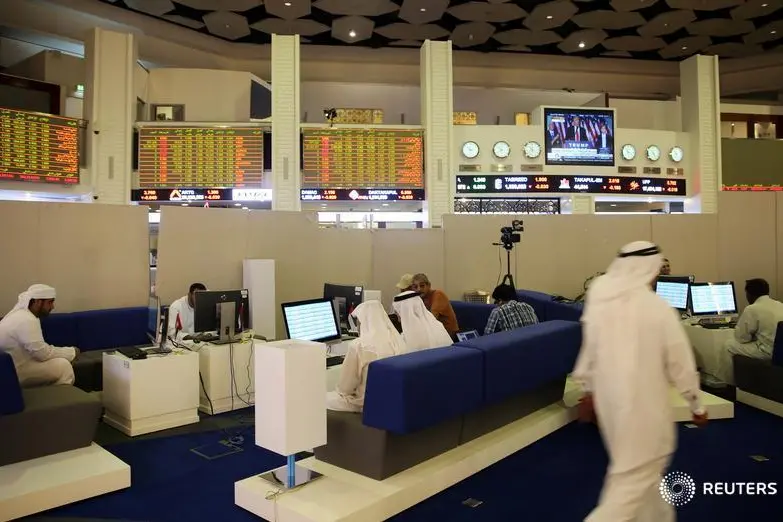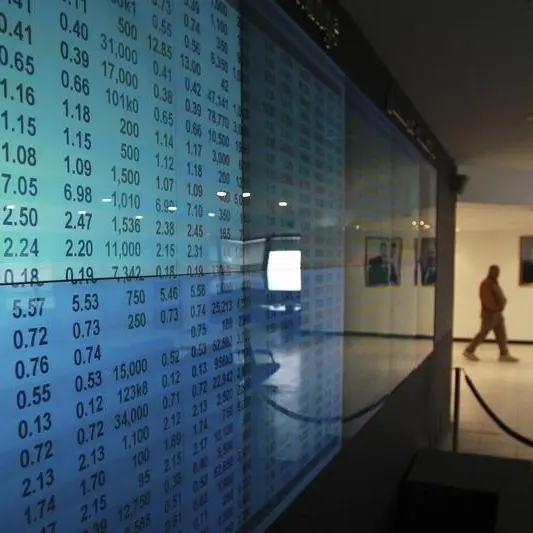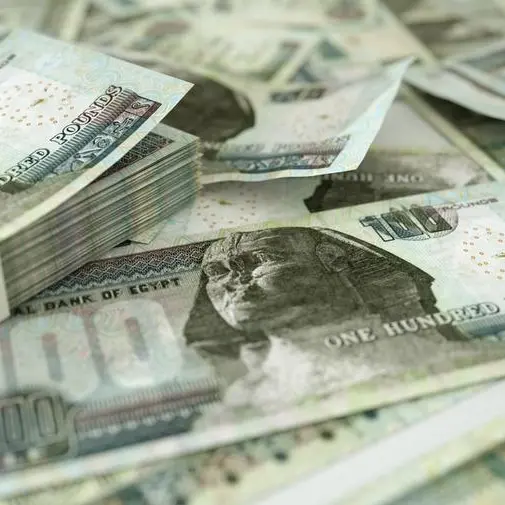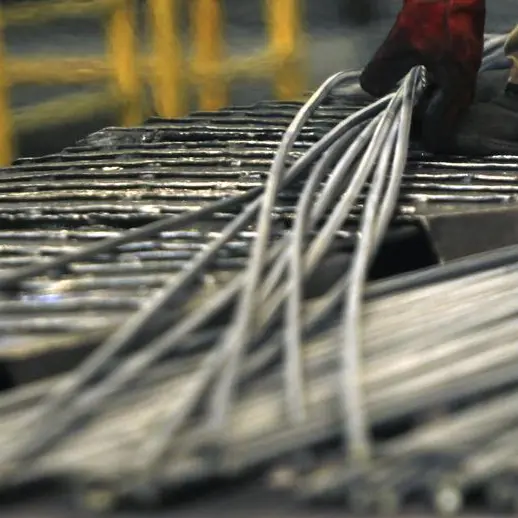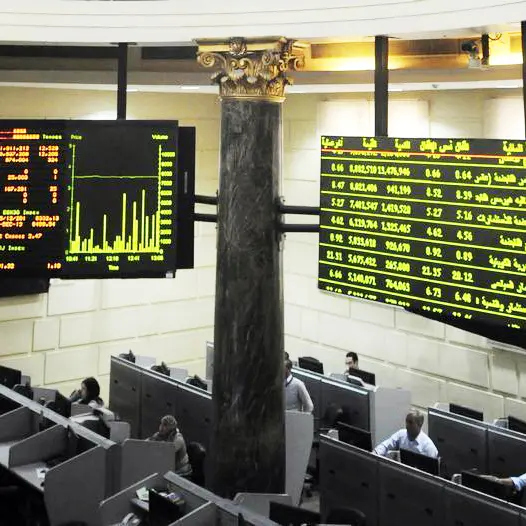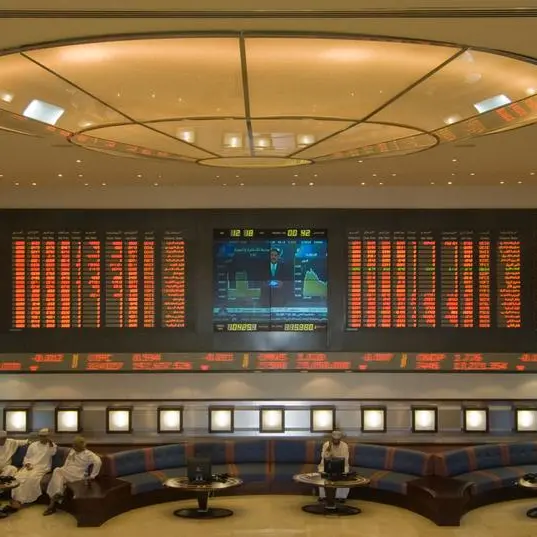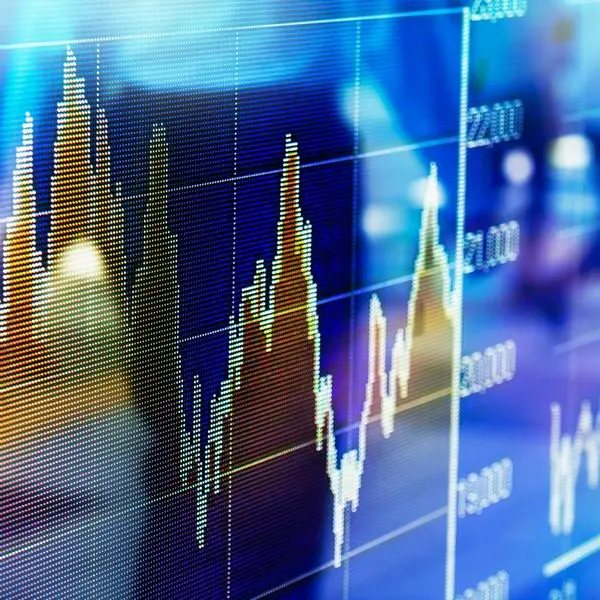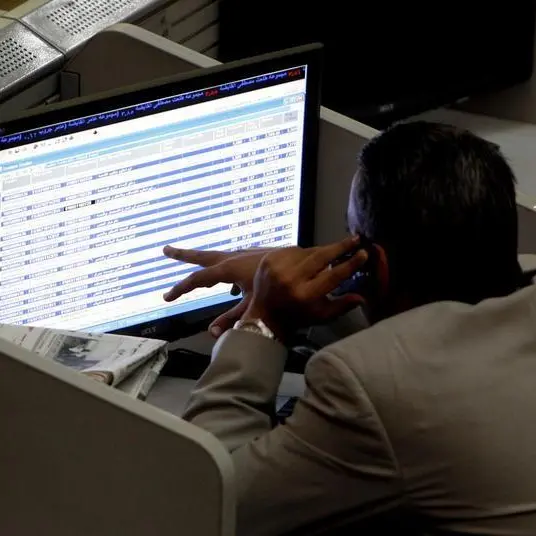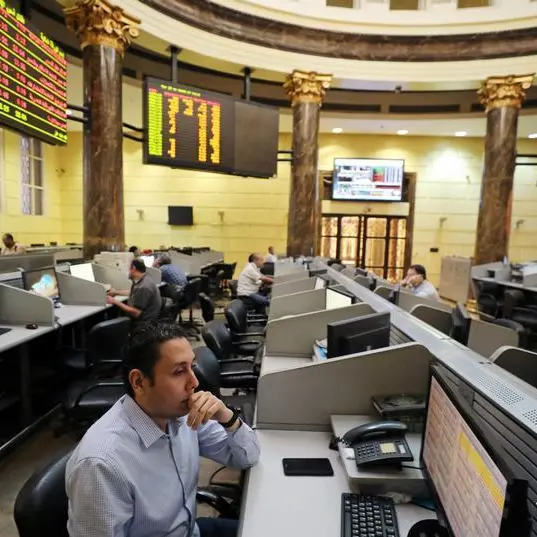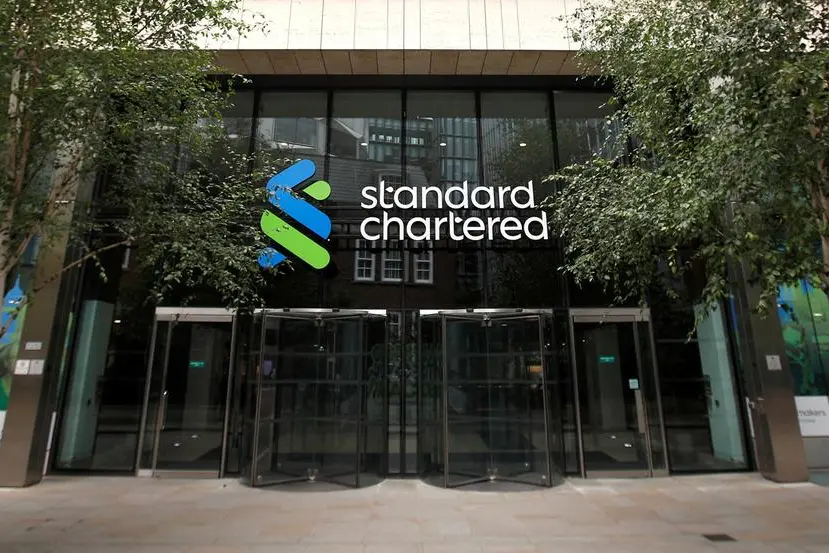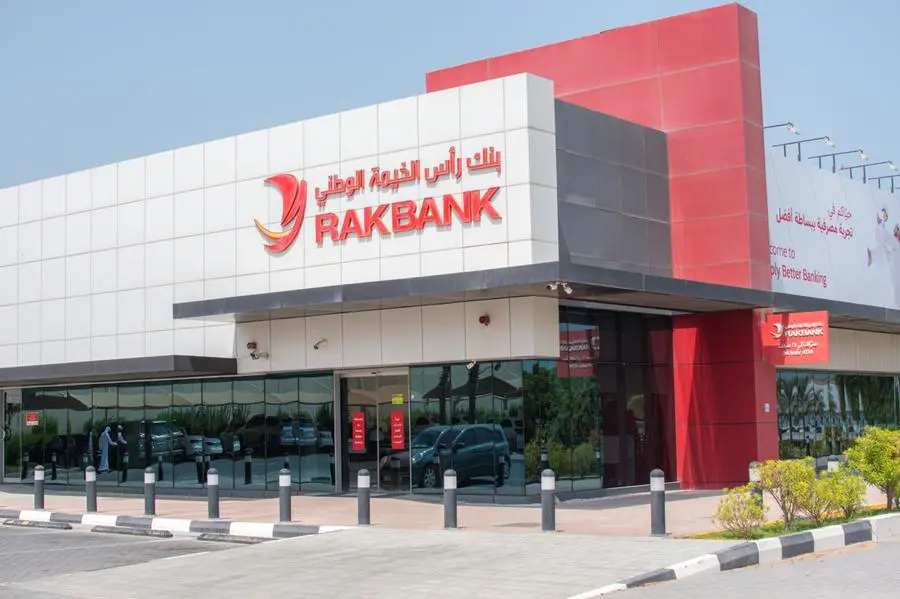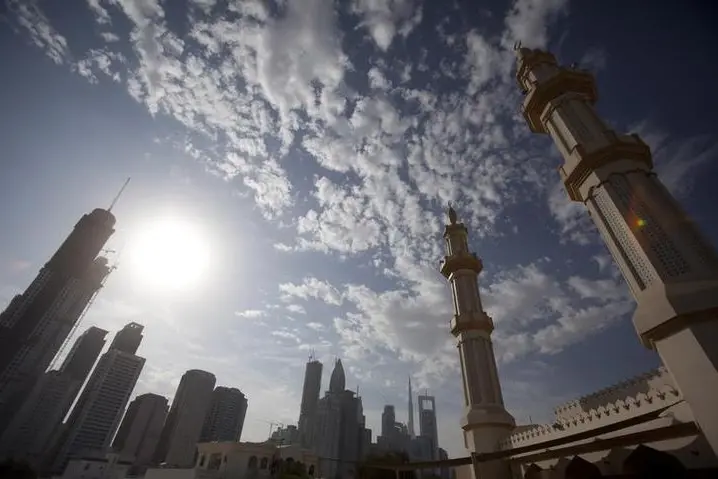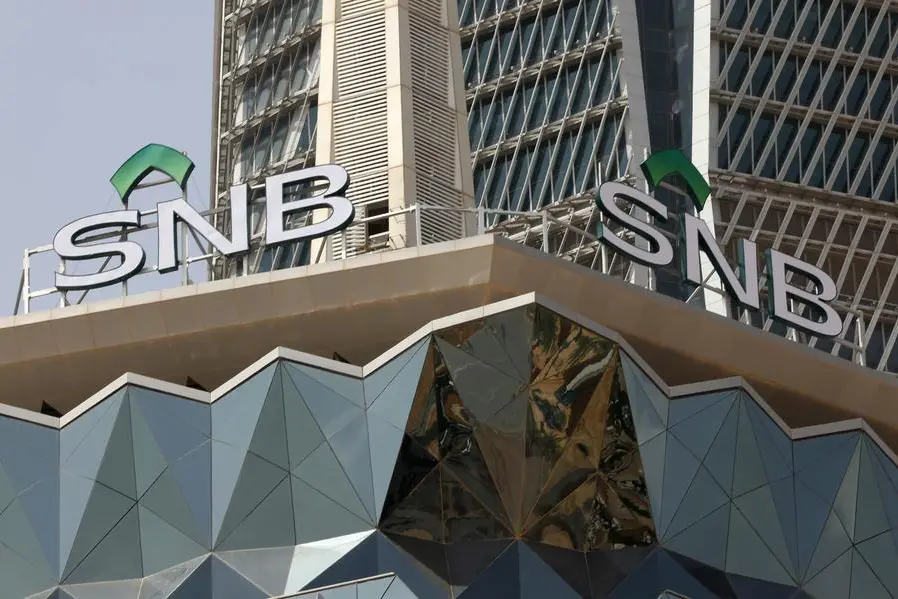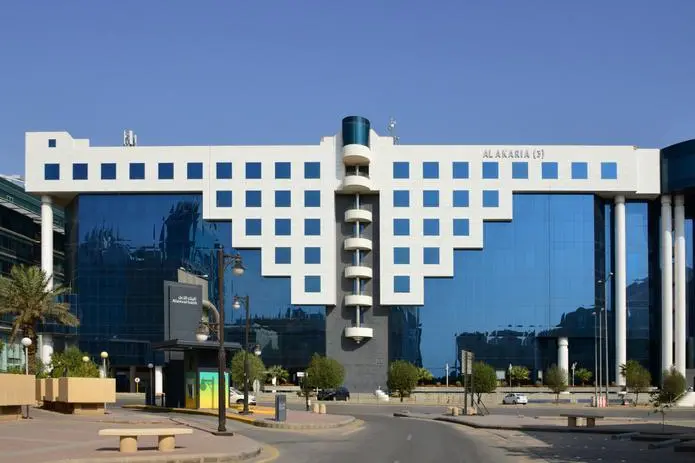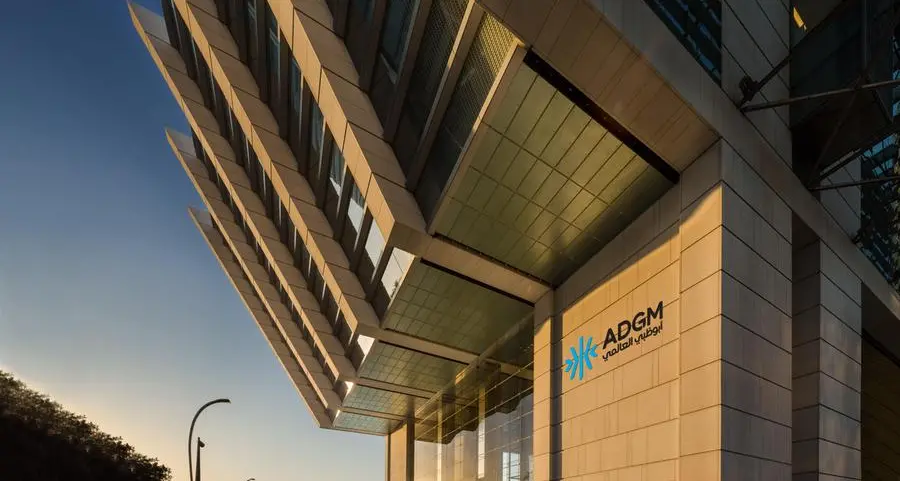PHOTO
Traders monitor stock information at Dubai Financial Market, in Dubai, United Arab Emirates, November 9, 2016.
The flotation of retail group Marka on the Dubai Financial Market (DFM) five years ago generated a real buzz among capital markets participants in the United Arab Emirates, and with good reason.
Marka’s initial public offering (IPO) in April 2014 was the first to take place on the Dubai Financial Market (DFM) in more than five years and the company counted many of the UAE’s business elite among its 151 founding shareholders, such as Aldar Properties chairman Abubaker Al Khoori and Khaled Almheiri, founder of Evolvence Capital. The company raised a total of around 500 million dirhams ($133.4 million) - 225 million dirhams from founding shareholders and 275 million via the IPO.
Starting from scratch, Marka vowed to become an international player in dining and retail, but it would be an understatement to say that things haven’t worked out as planned. Five years on from going public, its shareholders want to liquidate the loss-making firm after it defaulted on debts that total six times its dwindling annual revenue.
Marka’s IPO prospectus explained how it would use the money raised to buy a vast portfolio of retail and dining assets – local brands and international franchises – primarily in the UAE, before expanding to the rest of the Gulf and beyond.
It would do so without any long-term borrowings, the prospectus explained, detailing how the company – which would begin operations in mid-2014 – would turn profitable in its third year of operations and would start paying dividends in its third full year of operations.
But Marka failed to follow its business plan, racking up debts of 682 million dirhams ($182.7 million) by the end of 2016 as the company went on an acquisition spree just as the Gulf economies faltered due to the sudden and steep drop in oil prices from mid-2014. It has yet to make a quarterly net profit.
“What’s Marka’s real issue? The company has too much debt and whatever it makes it cannot repay these debts,” said Marwan Shurrab, head of Dubai-based Al Ramz Capital’s high net worth and retail equities brokerage.
“So, the question is how did it get that debt? And on what basis did it get the green light, not only from its own investment committee but also from the banks, to lend so much” given its small asset base, Shurrab asked.
Marka has yet to publish its first-quarter results for 2019, but its 2018 full-year financial statement shows that it had debts of 453.8 million dirhams on which it was paying interest of between 5-12%.
In 2018, the company defaulted on a 9.9 million-dirham loan repayment, which meant a further 343 million dirhams was also deemed to be immediately payable.
“When you acquire leveraged assets quickly it’s a very risky strategy and any slowdown could potentially wipe you out,” said Shurrab.
Hope versus hype
Comparing Marka’s IPO projections with its actual results underlines the scale of its underachievement. For example, Marka forecast that in year four – which coincides with 2018 - its revenue and net profit would be 975 million dirhams and 36 million dirhams respectively. In 2018, its actual revenue was 76.0 million dirhams, while it made a record net loss of 295.8 million dirhams.
Even stripping out the 207.3 million dirhams of impairments Marka took in 2018, the company’s costs were vastly higher than its income – its gross profit, which is simply revenue minus cost of sales, was 26.6 million dirhams. But its administrative expenses, selling and distribution costs and finance costs were 124.8 million dirhams: running the company cost nearly 100 million dirhams more than what it generated in gross profit.
So why did Marka borrow money it couldn’t afford to repay? Overconfidence is a likely cause – inaugural chief executive Nick Peel told a January 2015 news conference that the company would break-even in the fourth quarter of that year, two years sooner than outlined in the IPO prospectus.
Peel also detailed an ambitious international expansion strategy, predicting Marka would operate in other Gulf countries in the second and third years of operations before entering “international markets” in years three to five.
The IPO prospectus detailed how Marka would spend 133 million dirhams on fashion retail, 223 million dirhams on food and drink outlets, plus 144 million dirhams for working capital and general corporate requirements.
But buying its preferred assets proved costlier than these budgets would allow, so the company borrowed to fund a 2015 acquisition spree that included paying 220 million dirhams for Retailcorp, which had 15 branches of Modell’s Sporting Goods and some standalone Nike stores, and the 315 million dirham purchase of Arabic restaurant chain Reem Al Bawadi, which had 11 restaurants in the UAE. Another 2015 acquisition was the Morelli’s Gelato Middle East franchise for 31 million dirhams.
The company also embarked on a rapid recruitment drive, expanding its workforce from 14 to more than 1,200 over the course of 2015, renting a 20,000 square foot office in Dubai’s Design District.
Peel had arrived with an impressive track record in sports merchandising having previously been retail director at British soccer clubs Glasgow Rangers and Arsenal, but had not worked in local markets, and Marka failed to sufficiently adjust its plans in response to the deteriorating economic environment.
Oil remains key to Gulf economies, and plunging prices led governments to slash state spending. That caused widespread job losses, reduced consumer confidence and hurt tourism, too; UAE consumer spending tumbled from a six-year peak of $185.2 billion in 2014 to $156.6 billion a year later and has not topped $160 billion since, World Bank data shows.
“Flat tourism, as well as a retrenchment in expatriate employment, have contributed to subdued retail spending,” said Mohamad Haidar, a real estate analyst at Dubai’s Arqaam Capital.
The conventional retail sector, once buoyant, remains in the doldrums, with the soaring use of e-commerce adding to the woes of bricks-and-mortar stores.
“Intense competition within the domestic and international retailers has led retailers to adopt aggressive promotional campaigns and offer discounts to further drive revenues,” said Krishna Dhanak, executive director at Dubai’s Alpen Capital.
“Although such strategies increase top-line growth, they will lead to margin pressures.”
In this tough operating environment, it became clear that Marka had overpaid for its assets. “Goodwill” is an accounting term that estimates the premium an acquirer paid for a business versus the tangible value of its net assets, and last year Marka took a goodwill impairment of 163.2 million dirhams, mostly relating to Reem Al Bawadi.
“The real question is whether sufficient study went into the investments,” said Shurrab. “Was it based on a strategy? Did they have the capital for such an investment? If you leverage your book, how much leverage did you use? Do the (profit) margins explain the reason for using leverage?”
The company did not respond to requests from Zawya to comment, but its financial statements indicate the answer is no, with auditor PwC this year warning there was significant doubt about Marka’s ability to continue, noting that its future viability was dependent on the company completing debt and capital restructuring.
By then Peel was long gone, having abruptly resigned in December 2016. Also departed was his replacement, Benoit Lamonerie, who took the helm in May 2017 before quitting 18 months later.
Marka’s problems were laid out in a presentation to an October 2017 shareholder meeting that admitted the performance of several Marka brands had deteriorated.
Remedial action
Unveiling an action plan, Marka said it would close almost all its retail operations, which it noted were underperforming and low-margin. The company also planned to restructure its debts, revamp its operations to cut costs and increase revenues, and do more to collect money owed to it.
Closing its loss-making retail operations would enable Marka to better focus on food and beverage, it predicted. It said it expected to complete the sale of “a number” of retail assets by 2017-end, having already closed around 15 outlets. It also sold Retailcorp for 200 million dirhams - 20 million dirhams less than it had paid for it, and suffered a further 13 million dirham loss on the sale due to unrecoverable receivables.
And having embarked on a huge recruitment drive in 2015, Marka slashed its staff costs by 50% in 2017.
Despite these actions, Marka’s accumulated losses swelled to 746 million dirhams by 2018-end and the company’s liabilities now exceeded its assets by 249.9 million dirhams. After several delays, shareholders eventually agreed to slash the company’s share capital to 49.89 million dirhams from 500 million dirhams to offset losses.
Marka then planned to increase its capital by issuing 250 million dirhams of new shares. This would only absorb the group’s remaining accumulated losses up to the end of last year, though, and a majority of shareholders voted in May to instead liquidate the company, although its dissolution must be confirmed at another shareholder’s meeting.
Marka’s shares soared on their bourse debut, surging 59% to 1.59 dirhams. It equalled this closing high again in December 2016, despite the company’s difficulties becoming more apparent.
But on May 9, 2017, the lock-up period for the company’s founding shareholders ended, sparking a steep plunge in its share price - from 1.32 at the start of that week to 0.96 dirhams by May 11. Selling intensified, with the shares tumbling to 0.74 dirhams by May 18, having lost 44% of their value in just two weeks.
In June last year, by which time the stock had slumped 0.28 dirhams, trading in Marka shares was suspended indefinitely.
“Marka has taught investors of the need to do in-depth analysis,” added Shurrab. “Not only of the company’s financials, but also of its policies, procedures and investment style.”
(Reporting by Matt Smith; Editing by Michael Fahy)
Our Standards: The Thomson Reuters Trust Principles
Disclaimer: This article is provided for informational purposes only. The content does not provide tax, legal or investment advice or opinion regarding the suitability, value or profitability of any particular security, portfolio or investment strategy. Read our full disclaimer policy here.
© ZAWYA 2019